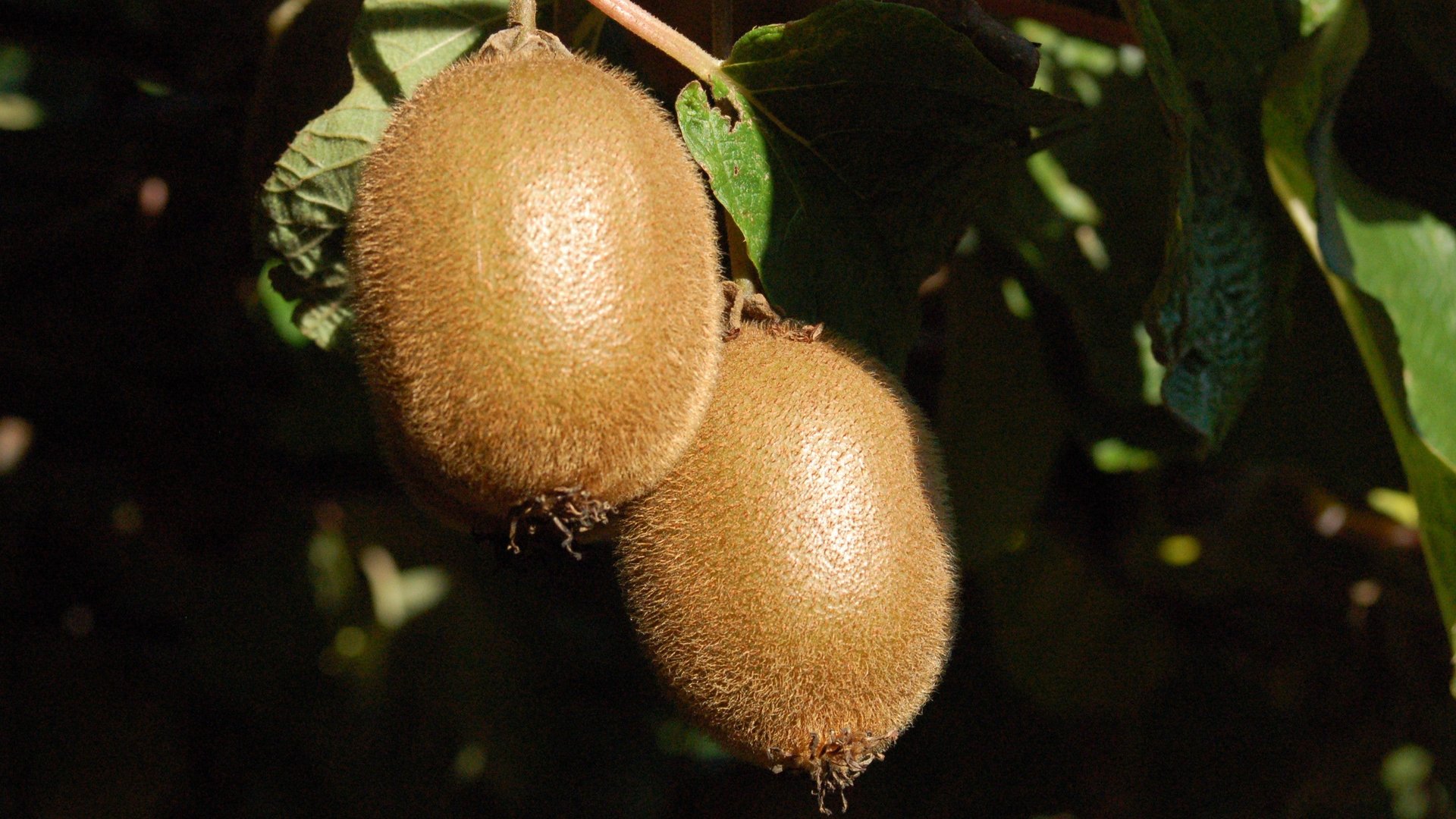What the TPP means for a small fuzzy fruit sold in Japanese grocery stores
A dozen nations signed the tariff-reducing Trans-Pacific Partnership (TPP) trade pact in Auckland, New Zealand yesterday (Feb. 4). For the layperson, the agreement is both staggeringly complex and mind-numbingly dull. And for a diverse array of critics, it’s a bad deal with many flaws. But for kiwifruit growers in New Zealand, it’s sunny news.


A dozen nations signed the tariff-reducing Trans-Pacific Partnership (TPP) trade pact in Auckland, New Zealand yesterday (Feb. 4). For the layperson, the agreement is both staggeringly complex and mind-numbingly dull. And for a diverse array of critics, it’s a bad deal with many flaws. But for kiwifruit growers in New Zealand, it’s sunny news.
Japan is already the largest market for New Zealand’s kiwifruits, according to Zespri International, which is owned by thousands of local growers and promotes and sells kiwifruit overseas. Zespri’s global sales hit NZ$1.5 billion (US$1 billion) in 2014/15.
The TPP signing is “an excellent result for our industry… the reality is that New Zealand is a small nation reliant on exporting to earn our way in the world, and these agreements are vital to our future prosperity,” said Zespri chief executive Lain Jager in a statement released yesterday.
New Zealand’s kiwifruit industry paid over NZ$15 million (US$10 million) in tariffs into Japan in 2014, according to Zespri. Assuming the TPP is ratified by all 12 nations, which might take a few years, those tariffs will disappear. That will mean more money in growers’ pockets, and possibly a cheaper kiwi for Japanese consumers, fueling greater demand for the fruit. Kiwis are also grown in Italy and California, although New Zealand is by far the largest supplier to Asia.
“Kiwifruit growers would save over NZ$1,000 (US$667) for every hectare of kiwifruit grown in New Zealand, if this tariff relief was passed straight through to New Zealand growers,” said Jager.
Katherine Rich, chief executive of New Zealand’s Food and Grocery Council, also stated support for the TPP. “It will mean our food producers will have a fairer chance at competing in international markets,” she said. “If the world shut its doors to New Zealand products and solely followed a ‘buy local’ policy, then our standard of living would go backwards fast.”
Image by Brendon Connelly on Flickr, licensed under CC-BY-SA 2.0.